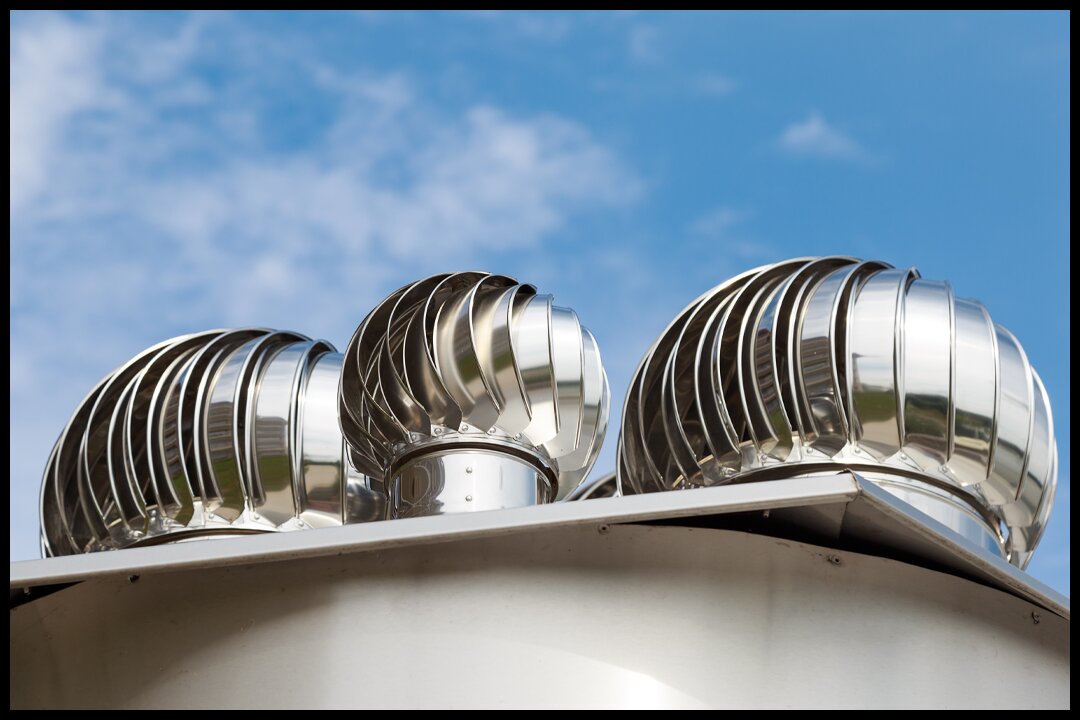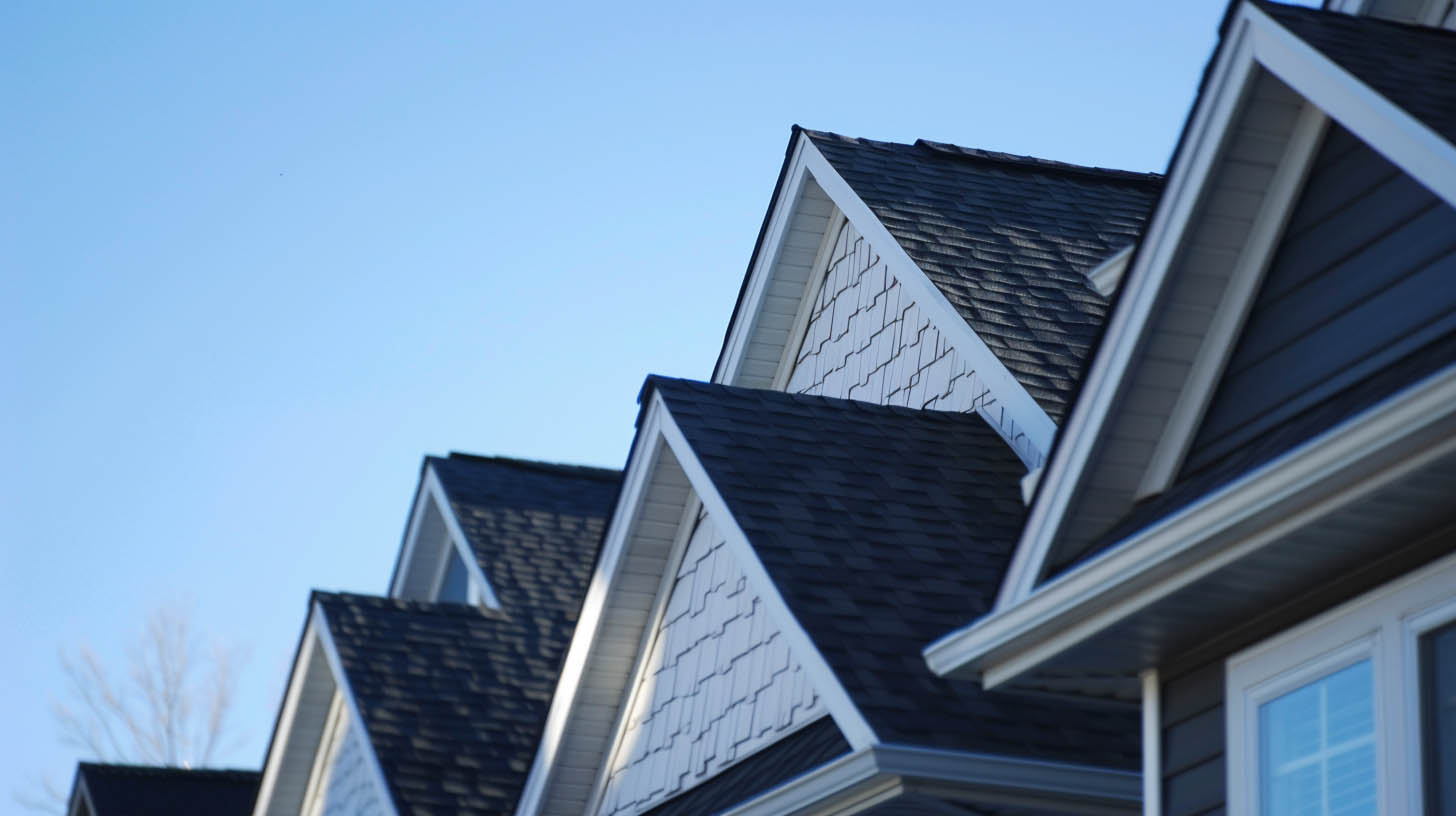
To completely understand the importance of roof ventilation and the red flags of roof ventilation, you’ll need to learn how to pick the right roofing ventilation materials.
According to MENARDS, a well-ventilated attic reduces moisture and the amount of time your A/C runs.
It’s always best to hire a roofing professional in Pittsburgh to review the best ventilation materials your attic needs; however, education of the proper attic ventilation allows you to prepare for the discussion.
How to Pick the Right Roofing Ventilation
Purchasing just the right airflow system can make your roofing system last approximately two times longer than if you do not have proper airflow in your attic. This is one of many essential components to your roof, whether brand-new or not.
All Roofs need an appropriate airflow system to preserve the guarantee that comes with your roof.
We’ve witnessed many damaged roofing systems because of warm air in the attic having absolutely nowhere to go. And it’s all because of poor ventilation.
A properly ventilated attic will remove the excess heat!
Common Attic Ventilation Systems
Thermostat Fans
Thermostat Fans are controlled and adjusted by the individual homeowner. The attic will also power on when the temperature reaches the set degrees on the thermostat. 95 degrees is a typical setting.
Electric Fans
Electric Fans are hardwired into a residential homeowner’s electrical power system. Electric fans use the existing vent open to allow hot air to escape from the attic.
Solar Fans
Believe it or not, there are solar-powered fans available. Solar panels are assimilated with the fan itself and run if it is sunny. If you don’t have a fair amount of sunlight every day, this would not be the best choice.
Eaves Edge Vent
The Eaves Edge Vent is a plastic venting product for the roof deck. It is installed by cutting a channel into the roof decking before placing the shingle over top of it. If your residence or business does not have an overhang, this would not be a great product to choose.
Vent-less Foam Substances
Sometimes, a roofing contractor will insulate underneath the deck by spraying the insulation. Due to the preparation involved, we highly recommend contacting a certified roofing contractor to apply this foamy substance.
Turbine Vents
These types of vents are metal and spin with the breeze. You’ve probably seen them, as they are very common. This is a great product (if it’s windy). The wind truly does create an improved airflow to any attic.
Gable Vents
Usually cut into the siding material of a home or business, these vents look just like “vents,” with slats and all. They are typically placed on two sides of the structure.
Insulated Decking
Insulated decking, used between the deck board, allows airflow. If you have a cathedral ceiling, this would be a great choice.
Static Vents
Static Vents remind you of a canned-like appearance. They are frequently called “can vents.” Static Vents are made of metal material. We typically install these by cutting a hole into the deck of your roof. These types of vents have been used for more than 50-years.
Ridge Venting
The most common of all ventilation systems is Ridge-Vent Systems because of the continuous venting structure. When mounted on the very top of your residence, a ¾ channel is cut to ensure proper ventilation.
We encourage customers looking for how to pick the right roofing ventilation to enlist the services of a certified roofer to install any attic vent system. Otherwise, when using RIDGE-VENT, it could be installed incorrectly due to the 1/1 ration it requires for correct functioning.
Ridge Venting is a great resolution if you are looking to increase airflow in your attic. The objective of using Ridge Venting is to balance airflow. The way this is achieved is to double the linear footage on both sides.


